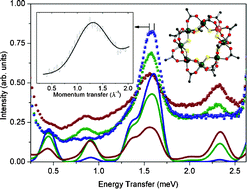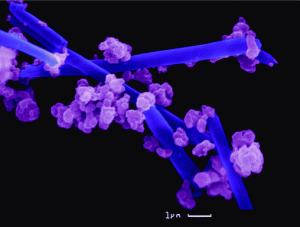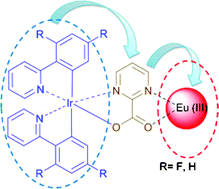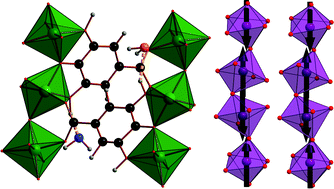We are pleased to announce an upcoming themed issue on the topic of the application of inorganic chemistry for non-cancer therapeutics, guest edited by Kathy Franz. It is our pleasure to invite you to contribute to this themed issue.
In this issue we seek to showcase the many ways in which principles of inorganic chemistry can be applied to tackle challenges in human health and disease. Recent themed issues of Dalton Transactions have explicitly covered metal anticancer compounds (2009) and radiopharmaceuticals (2011). This themed issue will emphasize other arenas where the creativity of inorganic chemists can contribute to the development of novel therapeutic agents.
How to submit?
All types of manuscript, Communications, Full Papers and Perspectives, will be considered for publication. We aim to publish this themed issue in 2012 and therefore would like to receive manuscripts by 15th November 2011. The manuscript should be prepared according to the format for regular articles and should be submitted via our online system. All invited manuscripts will be subjected to the normal refereeing procedure.
Deadline for Submission: 15th November 2011
Please indicate on submission that your manuscript is intended for this themed issue and direct any questions to theDalton Transactions Editorial Office.
We invite you to also check out previous themed issues featuring in Dalton Transactions. Read them here now.











 In this HOT article, a detailed study of the impact of a Jahn-Teller distorted Cu(II) ion in the anti-ferromagnetically coupled ring, Cr7Cu, is reported. The Jahn-Teller distortions are identified using spectroscopic techniques and a theoretical characterization is also presented. The problem is important for molecular magnetism as the origin of Jahn-Teller related magnetic anisotropy and consequently the barrier for the spin reversal is single molecular magnets.
In this HOT article, a detailed study of the impact of a Jahn-Teller distorted Cu(II) ion in the anti-ferromagnetically coupled ring, Cr7Cu, is reported. The Jahn-Teller distortions are identified using spectroscopic techniques and a theoretical characterization is also presented. The problem is important for molecular magnetism as the origin of Jahn-Teller related magnetic anisotropy and consequently the barrier for the spin reversal is single molecular magnets.
 Preparation of metal “nanosalts” and their application in catalysis: heterogeneous and homogeneous pathways
Preparation of metal “nanosalts” and their application in catalysis: heterogeneous and homogeneous pathways
 In this new
In this new